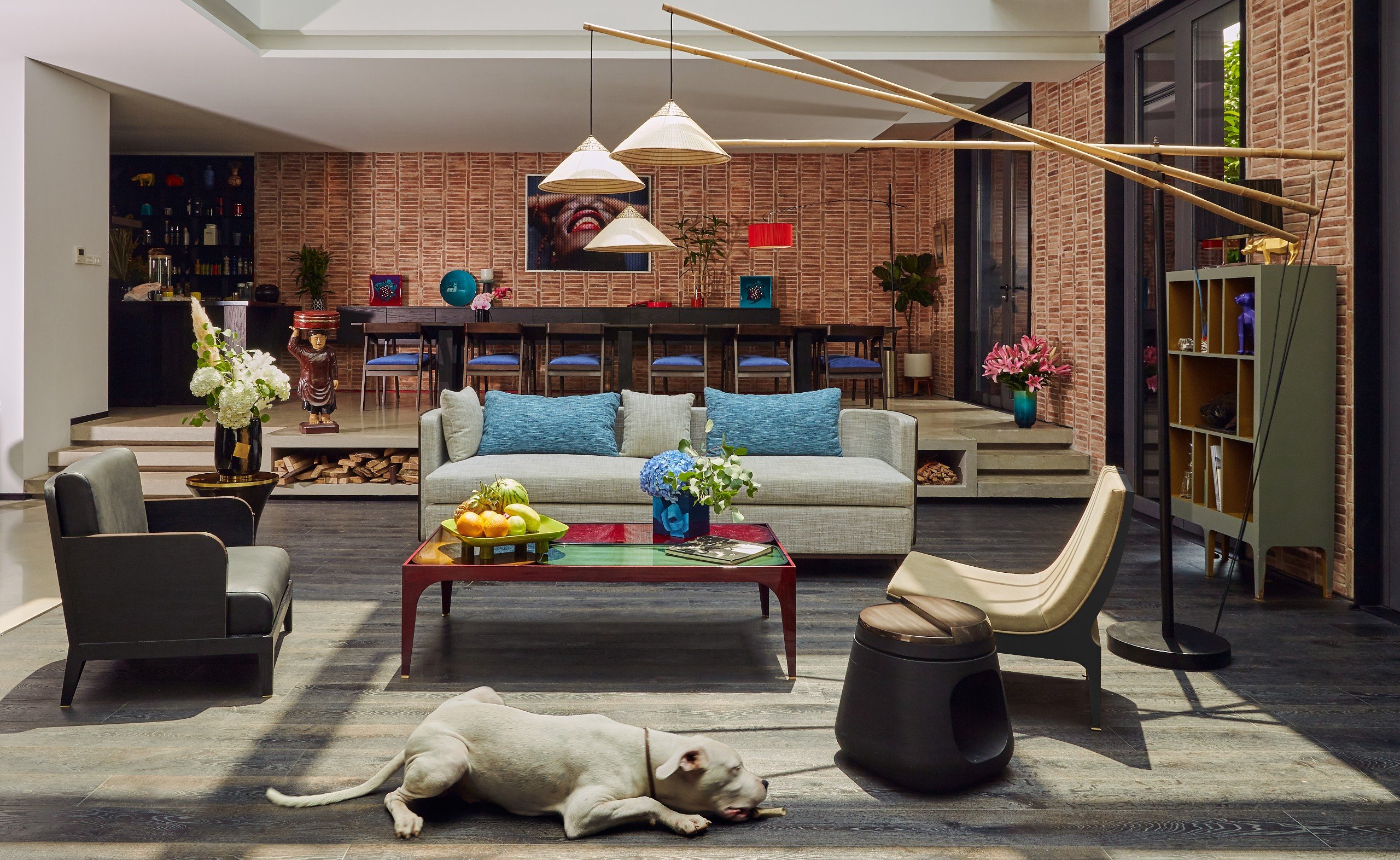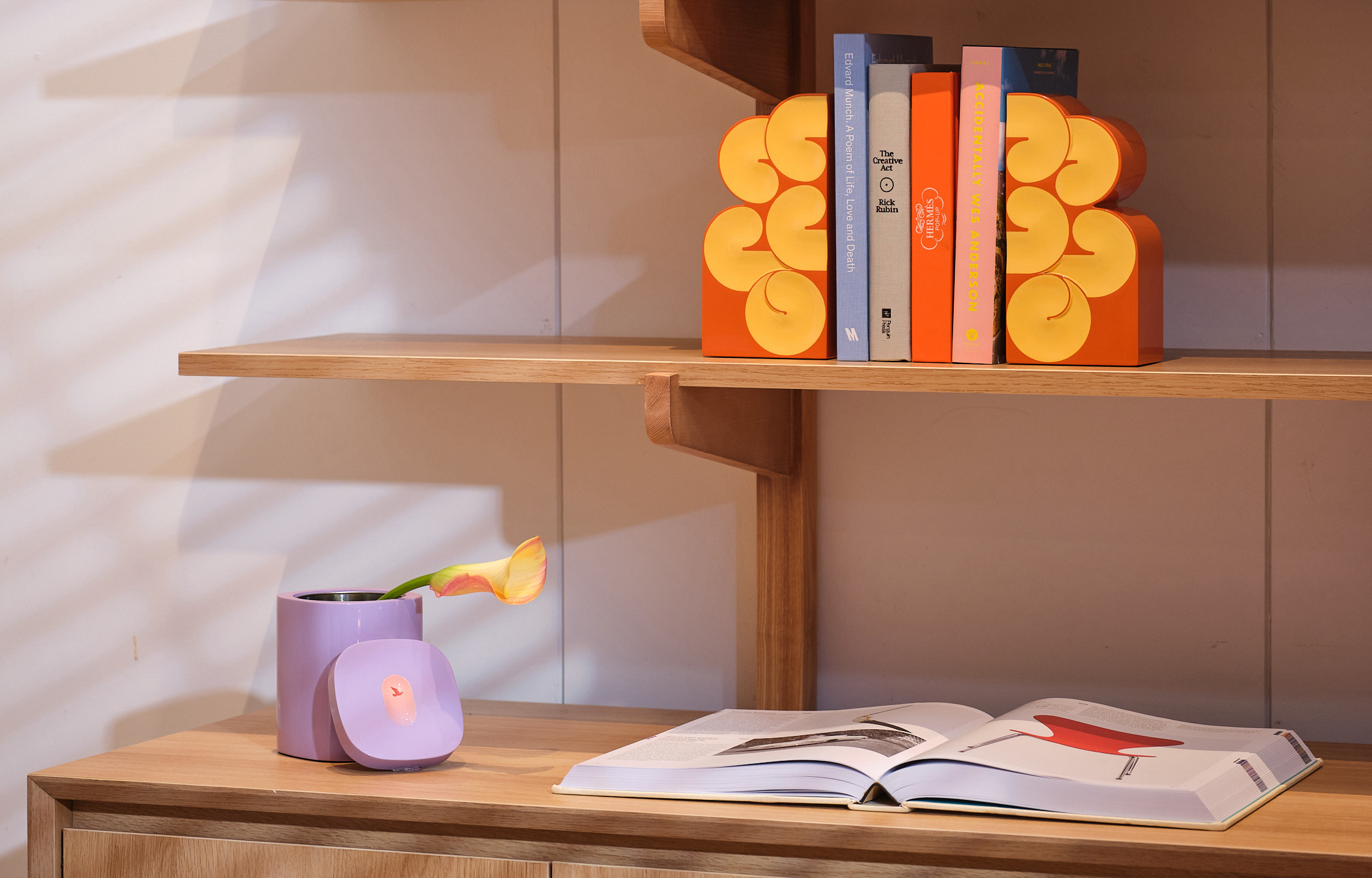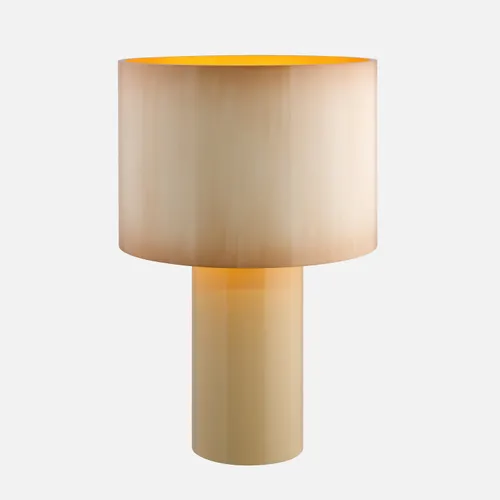FEAR OF COLOURS
OVERCOME AND BRIGHTEN UP YOUR HOME
Over the past decade, minimalism has largely dominated interior design. Its clean lines and monochromatic palette have won over the hearts of many for their simplicity and straightforwardness. However, some are growing weary of this trend, referring to its typical color scheme as “millennial gray” - a dreary hue that often coats every furniture and decor piece. While minimalism can create a sense of serenity and water-like stillness, it can quickly become sterile and unwelcoming, so it’s quite called for to add a colorful burst to your living space.
If color psychology is anything to go by, incorporating splashes of color can liven up the mood of a room. Basically, warm shades like reds and oranges are thought to stimulate energy and happiness, while cooler hues such as blues and greens bring a soothing and calming spirit. Not only does color breathe life into our living space, but it can also allow us to connect with our inner artists. In fact, a myriad of color combinations is at our fingertips, waiting to be infused into our homes in order to bring it soul and vitality.


Understandably, adding color can be intimidating, however, it doesn’t have to involve drastic changes. Color is versatile and can be used in subtle ways. Consider subdued color schemes like yellow and light pink, or turquoise green and coral. These softened tones can add a spark while maintaining a cohesive and airy feel.
Another way to introduce color is simply through your favorite piece of furniture or decor, as choosing a flattering color can further enhance its appeal. This can be done by first identifying the material or color of the object, whether it’s rustic wood or a bright, glossy paint finish. For instance, we may find that several shades of orange, green and brown often pair well with wood details. Similarly, cooler tones like blue and teal can create a striking contrast with copper.


Houseplants also play a key role in interior design and, when used effectively, can enhance the sense of tranquility and serenity that greenery brings. There are several ways to achieve this. One approach is to create varied layers of this leafy hue, as different shades of green can effortlessly add dimension and depth to a space. Plants can also be accentuated using other earthy natural tones, such as terracotta-like colors, the deep brown of damp soil, or the bright hues of flower petals. It is a safe bet to turn to nature as it often provides the best color inspiration.
When it comes to trying bold color combinations, interior design is the perfect playground due to its limitless space for experimentation, especially for those who dare to use more eye-catching colors.


Some prefer a single, powerful pop of color. Using accent colors can add dimension and visual interest to a room while complementing its neutral tones. It’s a safe way to embellish without overwhelming the space. A favorite color can turn a room into a personal haven, but popular accent colors often include light blues and deep greens.


The possibilities are limitless when it comes to color, that’s why others may find harmony in chaos and choose audacious color schemes. This could involve rich contrasting colors like crimson red paired with emerald green, or more experimental combinations like canary yellow and muted purple.
Also, it's worth noting that color, like many other things, can be deeply personal. It can evoke memories or associations with people, and thus, holds significant importance in a place like home, where these elements come together. In such a setting, these elements of color, memory and people come together to create a rich tapestry of personal experience and emotional significance. As such, the choice of color in our homes becomes a deeply personal decision, reflecting not only our aesthetic preferences but also our personal history and emotional landscape.
- Đăng lamp size L₫23,560,000Sale %

 EN
EN  VN
VN 